THIS WEEK: G. Willow Wilson and Nick Robles join the Sandman Universe as The Dreaming: Waking Hours #1 finally arrives.
Note: the review below contain spoilers. If you want a quick, spoiler-free buy/pass recommendation on the comics in question, check out the bottom of the article for our final verdicts.
 The Dreaming: Waking Hours #1
The Dreaming: Waking Hours #1
Writer: G. Willow Wilson
Artist: Nick Robles
Colorist: Mat Lopes
Letterer: Simon Bowland
Cover: Nick Robles
I have been waiting a very long time for this series since it was announced back at NYCC. A real-world nightmare put the world on hold in March and has continued unrelentingly for months now, so it’s only fair that a story about fictional nightmares provides us some relief from the horrors of our everyday reality. Most of the Sandman Universe of the first wave seemed to lose their footing and fizzle out, despite strong starts from the line. Spurrier and Evely’s The Dreaming stayed the strongest but by the end, I was ready for it to be over too. However, coupled with the start of Spurrier’s John Constantine: Hellblazer, The Dreaming: Waking Hours #1 sets the second round of the line up for success.
One thing that this first issue did well was set itself up as a completely new storyline. It doesn’t rely at all on the previous run, you don’t even really need prior knowledge of The Sandman. Wilson gives you everything you need to understand the world she’s building, coupled with enough mystery to draw you in and entice you to keep going. We’re given a good grasp of the new characters, and I know I immediately fell in love with both Lindy and Ruin. We get a deep feeling of Lindy’s struggles with both academia and single parenthood. We feel her pain as she struggles with an adviser who rather than helping her along provides yet another hard challenge to finishing her academic pursuit. Most importantly to the overall story, we see how deeply she’s struggling to sleep well as a new mother.
The second “character” we’re introduced to is Lindy’s recurring dream of the Stratford House. While not a character in the traditional sense of the word, the Sandman Universe is not a traditional world. The dreams of the Dreaming are absolutely living and breathing beings, rather than just settings, though Lindy’s dream is both. When we first see the Stratford House, it is eerily empty, save a cat named Tybalt (named for the famed Prince of Cats from Shakespeare’s Romeo and Juliet). It floats through a psychedelic dream space, living only in the dreams of those who have a subconscious desire to visit the historic location in their dreams.
It is on her return to the Stratford House further into the issue in which we meet our third primary character, the nontraditional nightmare Ruin. Ruin doesn’t look or even act like what you expect of a nightmare, but rather feels like a personification of anxieties and insecurities. Ruin is shy and anxious himself, lanky but looming, not trying to be seen, and trying his best not to intrude on the dream. It’s his intention and desire to escape the Dreaming, but we’re unsure of exactly what his motivations are as yet. He is successful, but not in the way that he intended. Instead of following Lindy into the waking world, he has switched places with her, trapping her within her dream, while he ventures into the world. He’s cognizant enough not to leave her baby on her own. Through our brief introductions to Ruin, we’re able to get a good sense of how much of a walking disaster he is, and how close he is to being unmade by Daniel.
Finally, we get a second introduction to the character of the Stratford House, in a more developed form. As Lindy “awakens” in the Stratford House, while still in her dream, she meets the man who she’s based her life’s work on, William Shakespeare. For Lindy, this is a literal dream come true, something that may provide her the insight she needs to complete her dissertation. In fact, she’s confronted with all the various explanations her dissertation examines, as she learns that there is truth to all of the various theories of who wrote the works of the Bard. The theories around the authorship of Shakespeare’s plays is one of my absolute favorite conspiracies, and to learn more, please listen to my friends Chelsea and Cristina talk about the various thoughts.
One thing I thought was admirable in concept, but less so in execution from the last run of The Dreaming is the intent of that series to tell a tale in this world but not include the Lord of the Dreaming. That’s something this series is not trying to do because Daniel appears at the end of the issue, aware of a nightmare’s escape. I feel this adds more to the immersion back into this world, a thread to keep everything tied together.
I’ve talked at length about the character work, world-building, and storytelling of this initial issue, but it’d be remiss if I didn’t spend a good deal on the art. The Dreaming: Waking Hours #1 is jaw-droppingly beautiful. Robles had big shoes to fill with Evely being his predecessor, but he more than demonstrates why he was a perfect choice to provide a take on this world. Every character has their own personality that is evident in not only how they are written, but in their looks, in their wardrobes, and their face acting. Beyond the characters, the settings also have their own personalities. We see Lindy’s bed covered in books, with only enough room for her to sleep. We see bills scattered on the floor, unopened and unpaid. This is contrasted by the rigid organization of Professor Dunbar’s office and by the stark emptiness of the Stratford House.
Ruin is presented as beautiful with a melancholic softness to his features, and fear in his eye as he’s caught where he is not supposed to be. As his own fears overtake him, we see a glimpse of what a true nightmare he can be, a writhing mass of snakes and eyeballs. But almost instantly, as he wakes in the place of Lindy, he’s back to his normal appearance, with an unthreatening kindness to him.
The other part of the art that speaks volumes in setting the feel of this book is the work of colorist Mat Lopes. I truly don’t talk about coloring enough when analyzing comics, but it’s not something that can be ignored in this book. The palettes Lopes uses are perfect for the moments and are subversions to things we normally associate them with. Rather than harsh and violent tones for nightmares, Lopes uses soft, cooler blues, greens, and purples for them, providing us with an unsettling feeling of it not quite being right. This also helps to define the personality of Ruin, as a softer sort of nightmare.
This was a nearly perfect first issue that works to expand the world it inhabits and provides us with fantastic new additions to Neil Gaiman’s canon.
Verdict: Buy
Round-Up
- Strange Adventures #4 was there. Learned a bit through Mr. Terrific’s investigation, including that he was told he’d have access to things they didn’t know he’d be able to use, so they took that access away. But really this issue felt like padding to get this series to twelve issues. At least it looks pretty, I guess?
- Dark Knights: Death Metal: Legends of the Dark Knights was a bloated, mess of a comic that tried way too hard to be as edgy as possible while providing almost no substance. The only thing of value in this oversized issue were the final two pages with Baby Batman.
- I said it last month, but Spurrier on Justice League was just an absolute delight. I wish he got to stay longer. His short arc interrogated the heroism of the Justice League and made them face some extremely difficult choices.
Miss any of our earlier reviews? Check out our full archive!


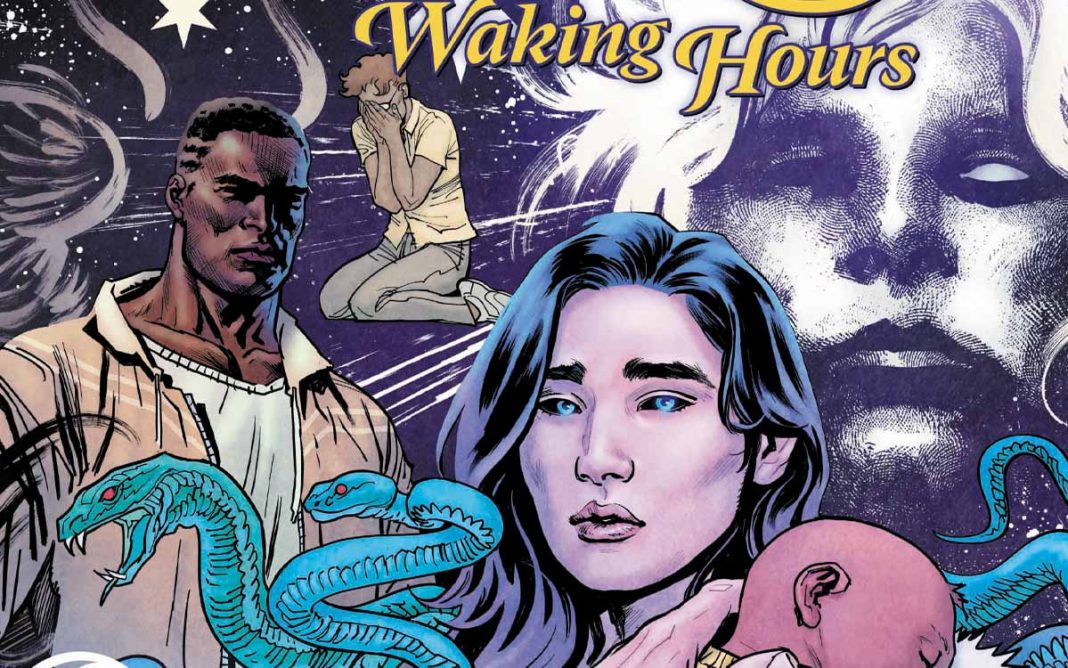
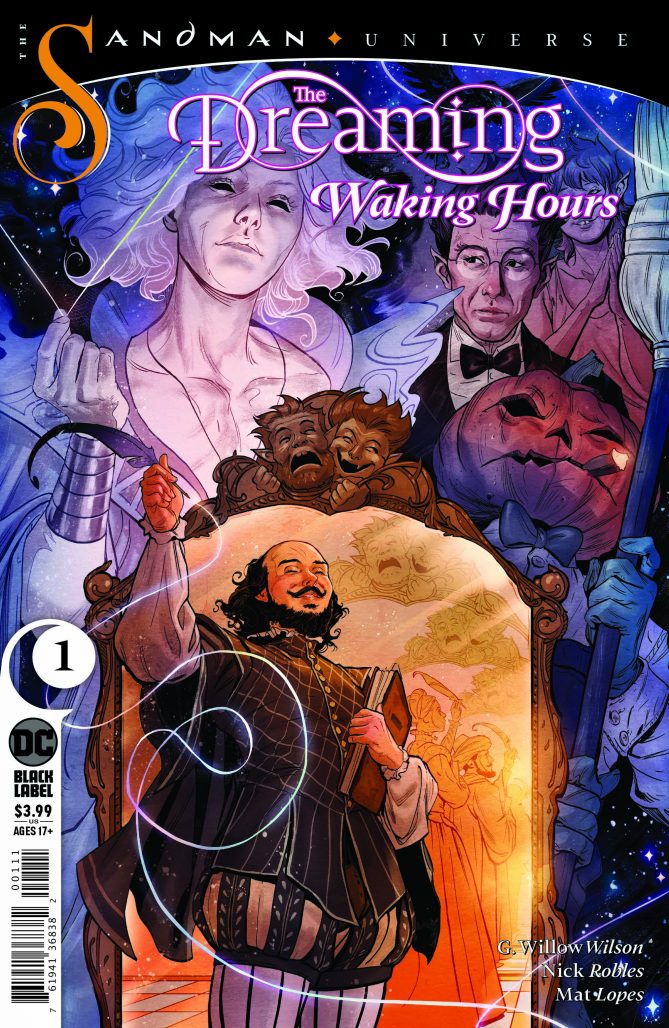 The Dreaming: Waking Hours #1
The Dreaming: Waking Hours #1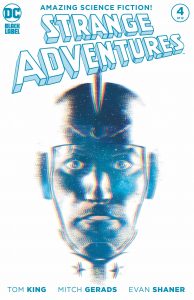
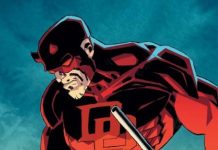
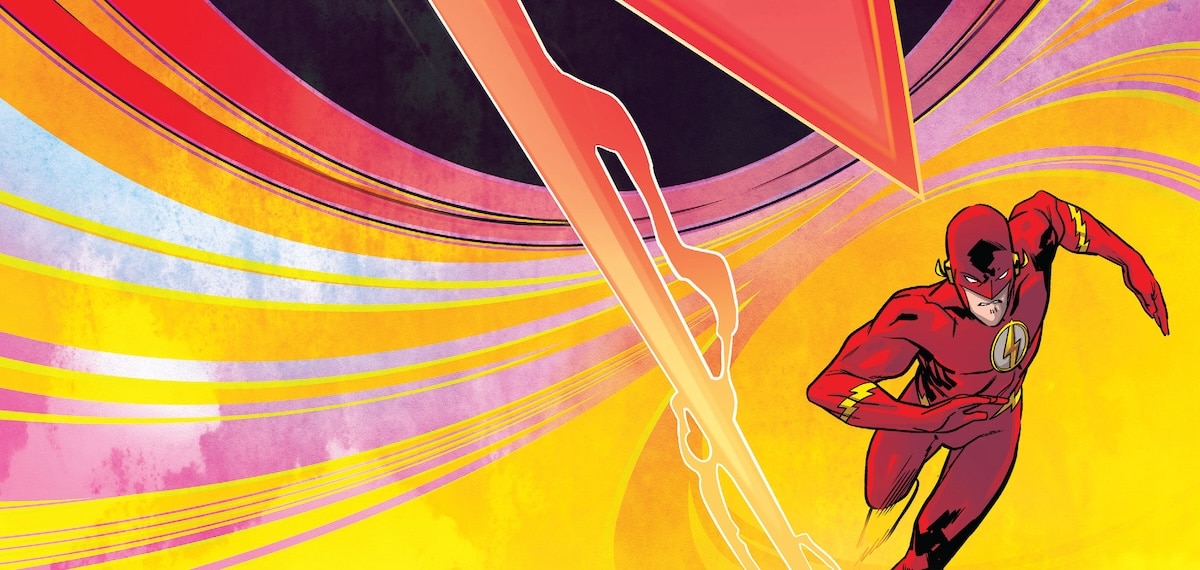




I read it and loved it. I’m looking forward to the next issue.
Strange adventures 4 was great. Mr. Terrific investigation on Rann definitely hinted at larger themes of the story (prejudice that colors our legal and political system) it didn’t seem like filler to me.
Comments are closed.